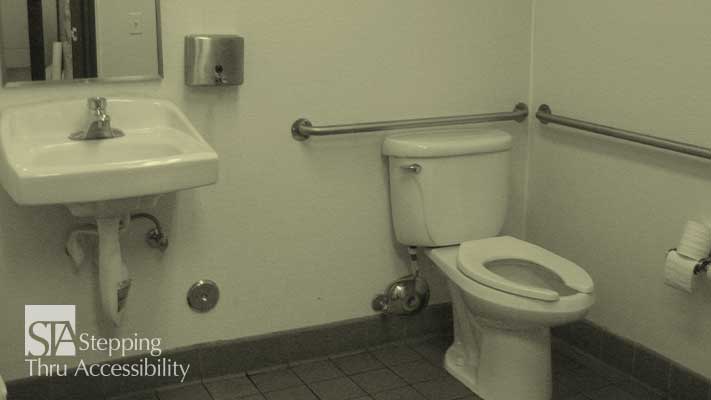Blog
Return to Blog »
Janis Kent, FAIA, Architect, CASp © January, 2020 It has come to my attention that the California Retail Food Code has been revised since I wrote my first article on restaurant restrooms here in California. The information below is based on the the revised code that became effective January 1, 2019 and incorporates some of the earlier requirements. Here is the link to read the actual wording. In this Code, there are two aspects to Article 2. Toilet Facilities in permanent food facilities – (a) for employees and (b) for consumers (or the public). It is the latter group that I will address below. So if I were to translate this back into English, any restaurant that has on-site food consumption, regardless of size, is required to have toilet rooms for the public and consumers. If it is an older facility that has been in continuous use since January 1, 2004, then there is the option of not providing toilet facilities, but in this case, a sign must be posted stating that toilet facilities are not provided. By inverse, if the facility was not in continuous use as a restaurant since that date, then restrooms are to be provided for consumers/public. This option would not be an exception for a large facility of more than 20,000 SF if built after July 1, 1984. Additionally, if the facility has more than 20,000 SF and was constructed after July 1, 1984, then it was/is required to have separate toilet facilities for men and women. The number of actual plumbing fixtures are controlled by the plumbing code. Be aware that if there are single user restrooms, then they can not be dedicated to a specific gender, in other words, they are to be unisex. It is presumed that with large restaurants of more than 20,000 SF, that the restrooms for each sex would be multi-user not single user. And then the final item to note is, that a city and/or county can enact ordinances that are more restrictive than the state requirement. For existing public restrooms, regardless of whether or not they were required, if they did not meet the previous ADA accessibility requirements they should be made accessible to the 2010 ADA Standards if constructed after January 26, 1993 or were altered after January 26, 1992. However since if located in California, when the restaurants or restrooms are altered they will need to comply with the preceding CBC requirements as well – which would now be the 2016 CBC, and that includes if it is a part of a path of travel obligation if another portion of the restaurant is altered. If you have restrooms that were pre-ADA then you will need to remove barriers that are readily achievable. You can not do nothing – being an older facility is not an excuse, and it is expected that you will do as much as possible, readily achievable, in order to make them accessible. Be aware that your local City or County may have additional requirements that are more restrictive than the State or Federal requirements. Also, this article is an interpretation and opinion of the writer. It is meant as a summary – current original regulations should always be reviewed when making any decisions. © Janis Kent, Architect, FAIA, CASp January, 2020 Inquire About Consulting Services Toilet Rooms in California Restaurants & Other Food Facilities

Related: Read more articles about accessibility for restrooms and hospitality and retail
Contact us for more information about our consulting services
Contact us for more information about booking public or seminars on this topic or others